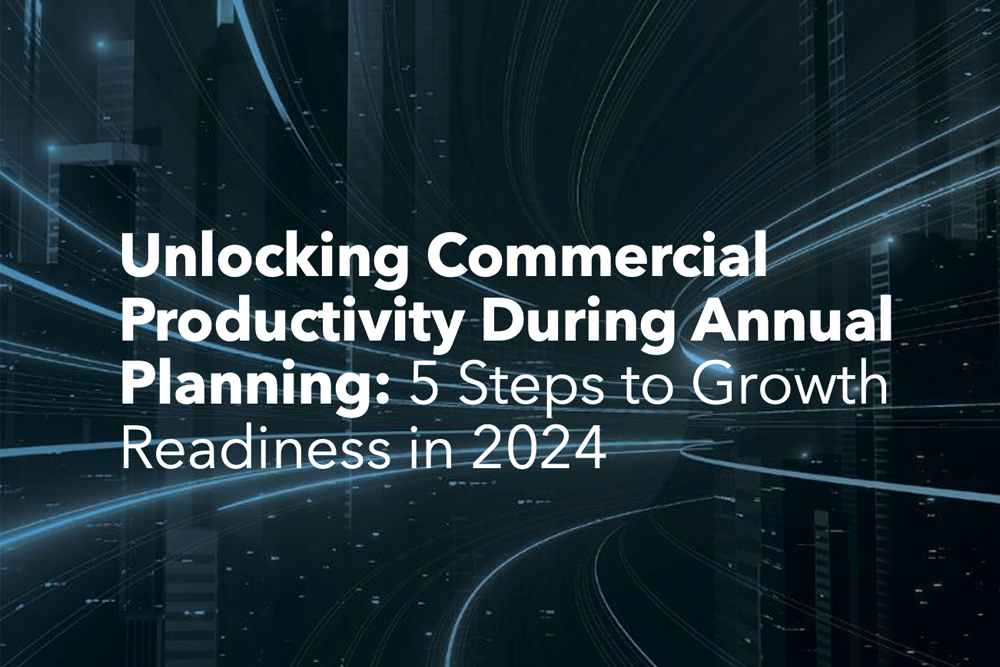One of the main differences this past year was the emphasis on digital strategies geared towards getting closer to the customer rather than traditional cost-cutting. The impact of this is profound, and in industries where getting closer to the customer was historically difficult, were able to introduce innovative ways to serve them more effectively.
From a strategic Go-to-Market perspective, the impact of 2020 will be felt next year and for years to come. A recent study showed that digital adoption in European countries jumped from 81% to 95%. That rise alone has a set of implications on how companies should be thinking about their GTM strategies going forward and serving their customers.
Through the rest of this article, we will touch on two areas that need to be considered in 2021 relative to the digital evolution. First is how leading companies are developing Growth Strategies to incorporate digital. And the second is the impact digital will have on Sales and Customer Success strategies. And if you need help understanding where you are in your digital evolution, use this tool to help you baseline your current capabilities.
Digital’s Impact on Revenue Growth Strategies
Top-performing companies are using digital strategies and approaches to accelerate revenue growth. However, even companies with an earlier set of digital capabilities have an opportunity in 2021 to grow revenue faster by prioritizing a few key efforts.
For one, companies should be identifying low-value tasks that can be automated via digital solutions. This does not necessarily require large-scale changes and/or technological purchases. Rather, companies can use ‘point digital solutions’ to complete a task that is currently being done by an employee. While over time, CEOs and executives should seek opportunities to digitize and automate as many of the responsibilities, there are still ways to have a more short-term impact in 2021.
Another example is for organizations to use digital solutions to improve the customer experience. Today’s customers use a myriad of channels and modalities to access information and evaluate vendors. Top performing companies understand the channels their buyers and customers use across their entire lifecycle and have these mapped out in a detailed manner. Furthermore, these companies are adept at knowing when a customer would prefer a digital interaction vs. a human interaction.
Organizations that excel at integrating digital capabilities into the customer experience have a greater likelihood of success. They use digital to create a differentiated and superior customer experience that spans all channels. As a result, their functional sales and customer success strategies are more effective and have clearly defined ways that digital is incorporated seamlessly.
Digital’s Impact on Sales and Customer Success Strategies
Sales and Customer Success functions have never been more reliant on data and information from their buyer’s digital behaviors. Today’s Head of Sales and Head of Customer Success recognize that their strategies—both for new customer growth, existing customer growth, and customer retention—require an incorporated digital strategy that lets their front-line reps interact with customers in a variety of ways and through a variety of channels.
One of the most fundamental digital capabilities required in sales and customer success strategies are the right set of tools that allow the commercial team to ‘listen’ to the customer digitally. This involves understanding the holistic buyer’s journey and the different places they go for information, data, and content. Top performing sales teams use this information to help craft more tailored messages to be relevant when speaking to potential customers. And customer success teams use this information to increase retention rates by understanding what buyers and customers are most commonly consuming. While it seems simple in nature, companies struggle with effective listening paths, and it is an opportunity for many companies to improve upon in 2021.
A few other areas that we are seeing top-performing revenue and customer success leaders focus on in 2021 are:
- Creating the capability for content to be presented dynamically with a fully integrated view across channels for a seamless buying journey
- Reducing the friction from the quoting process by creating the capability to issue this real-time without manual intervention, thus reducing customer acquisition cost
- Enabling the sales team to use digital body language data from prospects and customers to serve up digital content assets based on their expressed needs
While not exhaustive, this should give some sense of how far along top-performing companies have come in leveraging digital capabilities to improve their sales and customer success strategies.
Tying It All Together for 2021
For companies who are just starting to “be digital,” the goal should be to increase your digital maturity level by focusing on these three things:
- Understand your current digital capabilities today and what gaps exist.
- Identify short-term opportunities that can be improved upon in 2021 and develop a plan to execute on those.
- Develop a longer-term roadmap for moving your company up the digital maturity model and defining the core capabilities that need to be established along the way.
This past year has taught us a lot of things. From a company perspective, it really emphasized the importance of having a strategy and plan to incorporate digital capabilities into the business. Next year will see those companies who have started to act on their strategies and plans continue to grow and thrive. Companies that have not started still have a chance to catch up and can use the digital maturity evaluation tool to help know where to start. Hitting the 2021 revenue number will depend on how strong a company’s digital strategy and execution are—is your organization ready?




